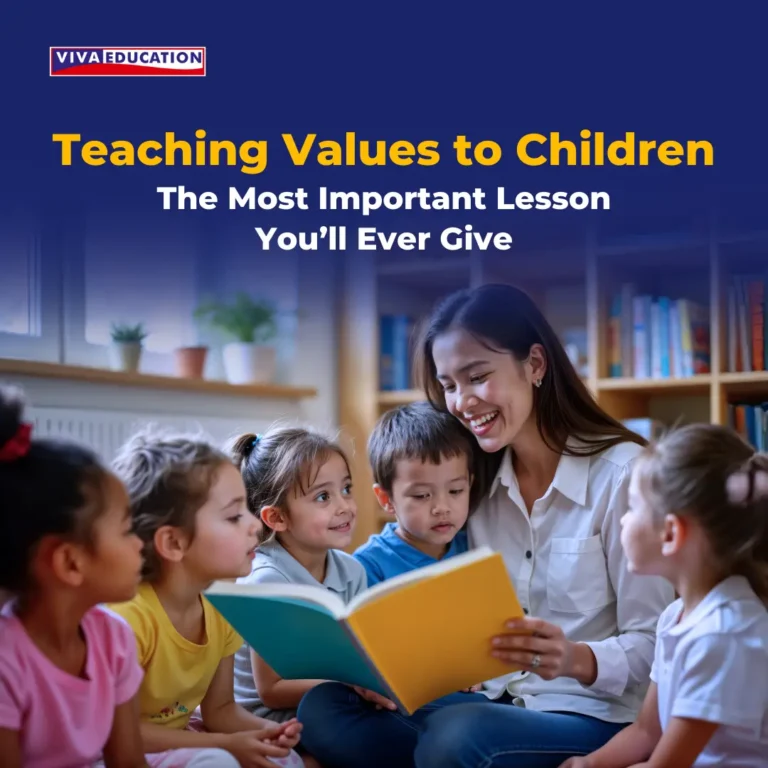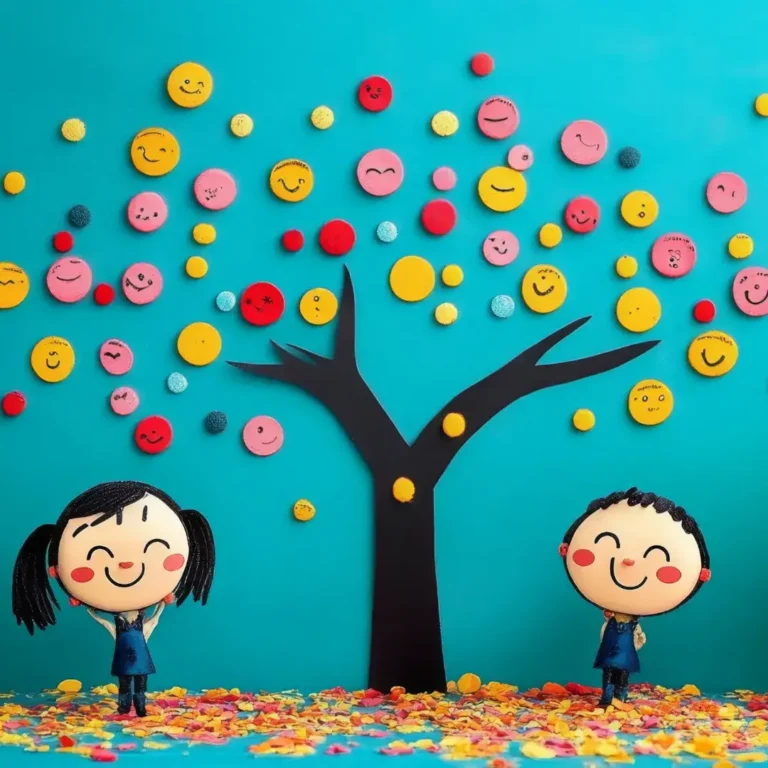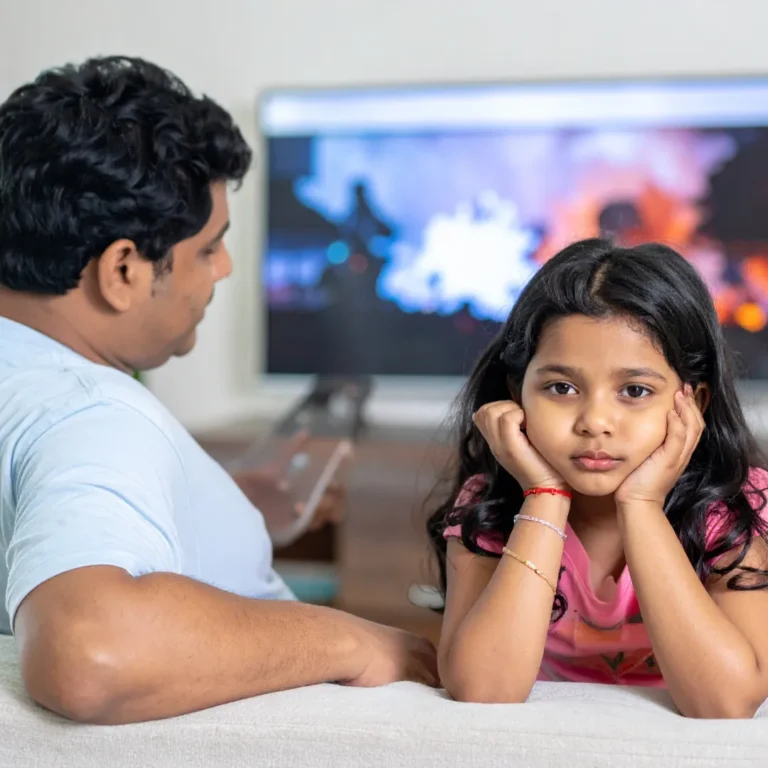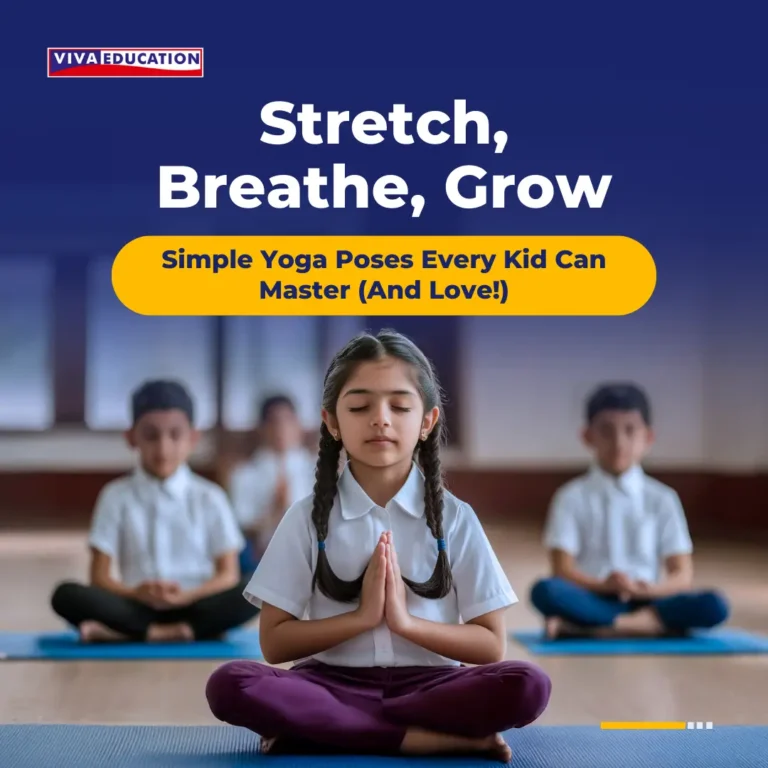Mindfulness for Kids: Techniques to Improve Focus and Calm in the Classroom
- Teachers
- March 14, 2025
- Viva Education
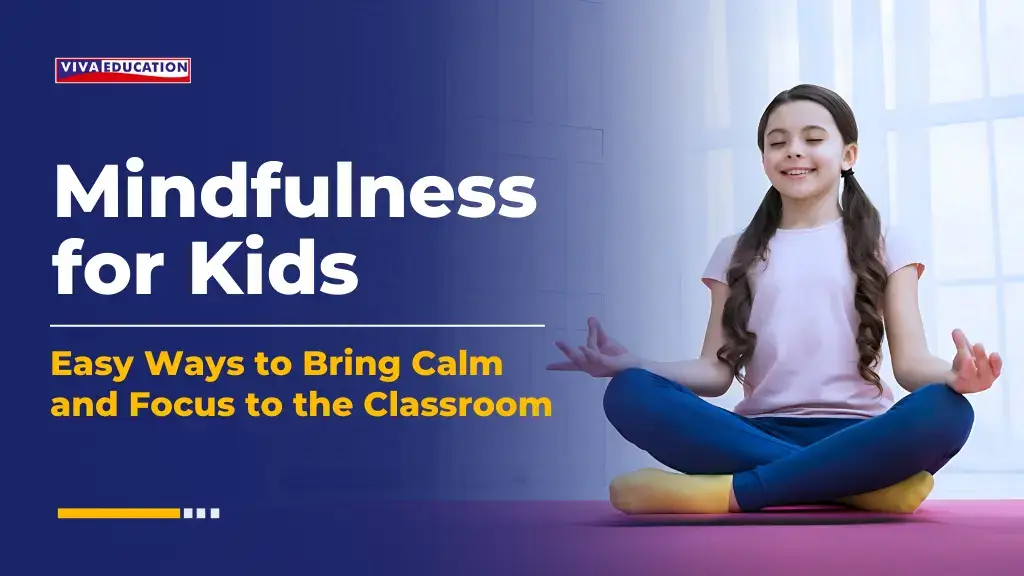
If you’ve ever taught a class, you know how challenging it is to keep students engaged. One moment, they’re focused, and the next, they’re distracted, staring out the window or lost in thought. Studies show that the average attention span is just 8.25 seconds, and students’ minds wander nearly 50% of the time in classrooms. This makes it difficult to maintain their attention and deliver your lesson effectively.
With the rise in stress and anxiety among children, staying present becomes even harder. Many students struggle with focus not because they don’t care but because their minds are overwhelmed. That’s where mindfulness for kids comes in. Incorporating mindfulness techniques in the classroom can help students anchor their attention, manage their emotions, and create a calmer, more focused learning environment. Let’s dive into how you can easily integrate mindfulness for kids into your teaching routine.
What is Mindfulness for Kids?
The best way to define mindfulness is the simple practice of being fully present, aware of where you are and what you’re doing, and not feeling overwhelmed by what’s happening around you. Mindfulness teaches students to be aware of their thoughts, emotions, and surroundings. Students become more self-aware, empathetic, and even confident with regular practice.
Mindfulness builds self-awareness, empathy, and confidence in children and adults, helping them stay calm and focused. The goal is to help them recognise draining, harmful, or worrisome thoughts and learn how to shift their attention away from them mindfully. Practising mindfulness builds a more focused and positive mindset, helping in learning outcomes and overall well-being.
The Benefits of Mindfulness for Kids
Practicing mindfulness comes with its benefits, some of which we have listed below.
- Improved Focus & Attention: Mindfulness helps students stay engaged and absorb lessons more effectively.
- Better Emotional Regulation: Mindfulness removes all negative emotions that can harm kids. When they practice mindfulness, the kids learn to verbalise and recognise their emotions. Children develop empathy and kindness towards others at a young age, building strong personal bonds and social awareness if they learn and practice mindfulness.
- Stronger Academic Performance: Mindfulness improves classroom participation and learning outcomes by enhancing concentration and emotional regulation.
- Increased Self-Esteem: Mindful children are always more confident and free from self-doubt.
- Reduced Stress & Anxiety: Mindfulness hardwires the brain to reduce anxiety and remain calm in stressful situations.
- Enhanced Problem-Solving Skills: Kids who practice mindfulness are much more relaxed under pressure and make sounder decisions than children who never follow or practice mindfulness.
- Better Sleep Patterns: Less stress means better rest, which leads to sharper thinking and more energy during the day.
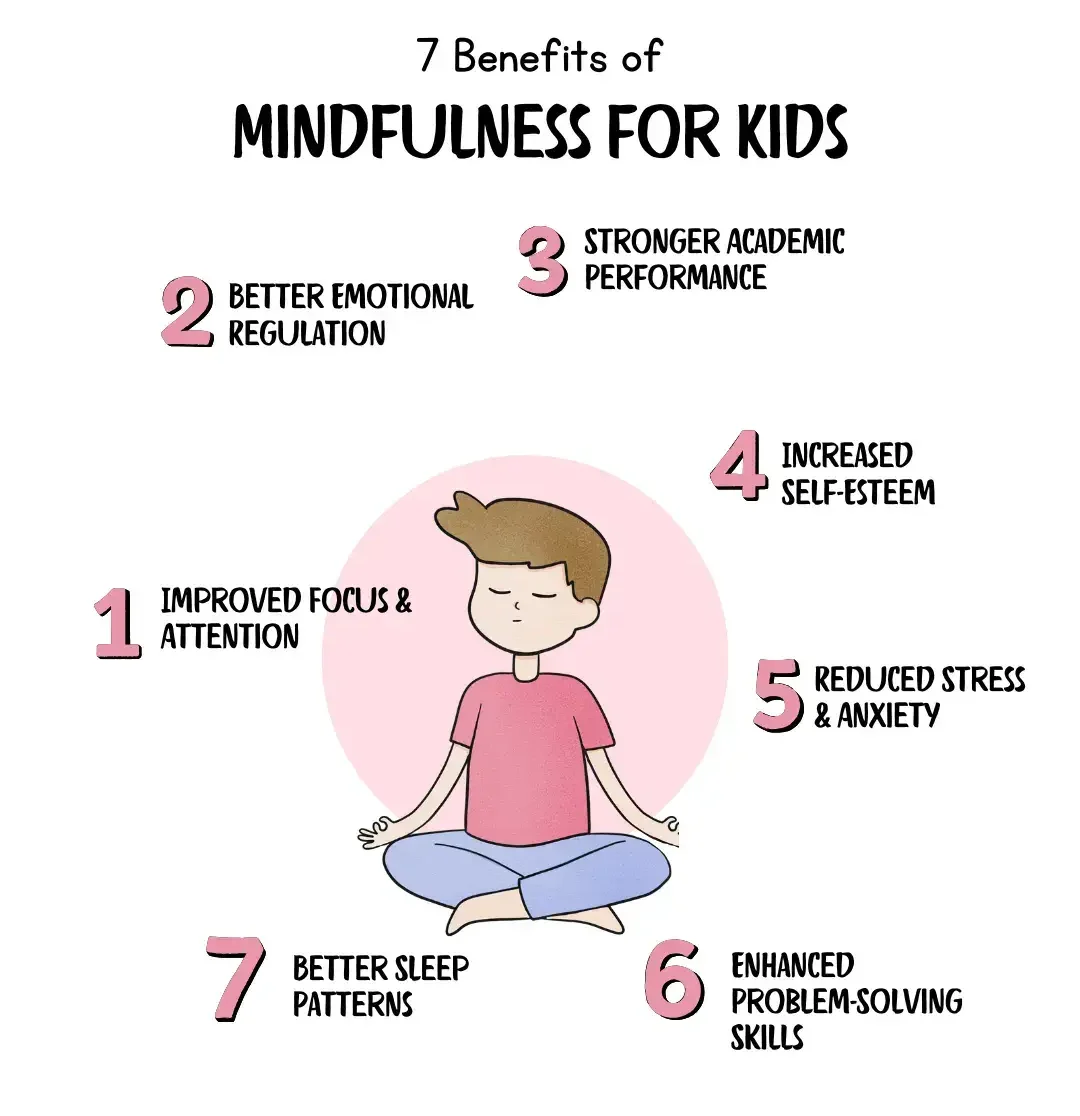
How to Teach Mindfulness to Kids
With constant digital distractions and developing brains, children struggle to focus. Their prefrontal cortex matures slowly while the amygdala stays highly active, making them more reactive to stress. With attention spans of just 2–5 minutes per year of age, mindfulness helps sharpen focus and emotional control. Here is how you can achieve this.
First, help children understand what it means in a simple way. Start by asking them, “Have you ever felt your mind racing with thoughts?” or “Can you hear your breathing when you sit very still?” This helps them connect mindfulness to their own experiences.
Once they grasp the idea, introduce simple, guided practices that you can do together:
- Mindful Breathing: Have students take slow, deep breaths and focus on the feeling of air moving in and out of their bodies. This will help calm their minds and bring their attention to the present.
- Mindful Walking: Take students on a slow, quiet walk where they pay attention to their steps, the sounds around them, and the feeling of the ground beneath their feet.
- Mindful Eating: Encourage children to eat slowly, take smaller bites, and notice the taste, texture, and smell of their food. This will make them more aware of their senses and help with self-regulation.
- Mindful Storytelling – While reading a story, pause and ask students how they feel about different characters and events. This builds empathy, self-awareness, and emotional regulation.
By starting with these simple techniques, students develop a foundation for mindfulness. The next step is introducing fun mindfulness activities, discussed below, and helping them integrate mindfulness into daily life.
10 Mindfulness Activities for Children in School
Simple, engaging exercises can help children improve focus, emotional balance, and self-awareness. Here are 10 fun and practical mindfulness activities to incorporate into the school day:
- Balancing the Book: Ask students to place a book on their heads and walk slowly across the room. This exercise improves posture, concentration, and body awareness while teaching students to stay present in the moment.
- Body Scan Meditation: Ask students to close their eyes and focus more on different parts of their bodies to release tension from the body and mind.
- Three Good Things Game: Ask them about their day or time at school, and once they tell you, ask them to write down the three best highlights or good things that happened today. This exercise aims to develop gratitude in children.
- Classroom Breathing Buddies: Ask students to lie down with a stuffed animal on their stomach. Then, watch it move up and down as they breathe. This helps develop mindful breathing.
- Heartbeat Exercise: Ask students to jump or jog in place for a minute, then place their hand on their chest and focus on their heartbeat as it slows down. This exercise teaches students to be aware of their bodies and emotions.
- Mindful Listening: Play soft nature sounds or a bell chime and ask students to close their eyes and listen carefully. This strengthens focus and attention to detail.
- Finger Tracing Breath: Ask students to trace the outline of their hand with their finger while breathing in as they move up a finger and out as they move down. This provides a visual and physical anchor for their breath.
- Gratitude Jar: Keep a jar in the classroom where students can drop in notes about things they are grateful for. Reading them out at the end of the week reinforces a positive mindset.
- Colour Your Feelings: Give students colouring sheets and ask them to use colours that match their current mood. This encourages emotional awareness and expression.
- Mindful Doodling: Let students doodle freely without any judgment, focusing on their hands’ movement and feelings while drawing. This encourages creativity and mindfulness.
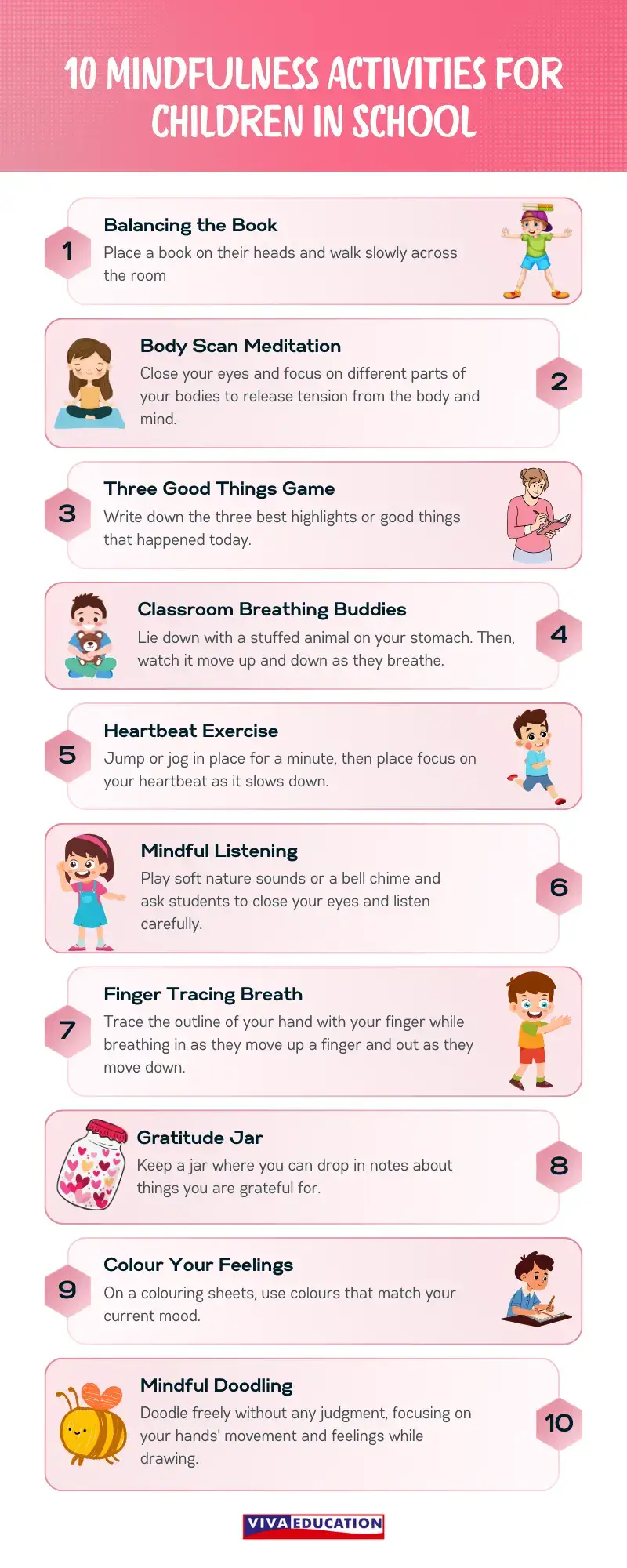
Download this infographic for your classroom here
Guided Mindfulness for Kids
If you have recently discovered mindfulness, these guided practices can be helpful. You can choose from different methods.
- For Preschoolers: Since they are too young to be on their own, you can get them started by taking them to the zoo and parks so that they can stay present and curious.
- For Young Kids: If your child is a teenager or a preschooler, you can use Body Scan Meditation, guiding them to notice how their toes, legs, and arms feel.
- For Teens: This straightforward exercise can strengthen your breathing and improve your lungs. Structured breathing exercises, like inhaling for four counts, holding for four, and exhaling for four, can reduce stress and enhance emotional resilience.
You would not believe the impact an 8-minute guided mindfulness session with these activities can have on your students. It can help them feel more in tune with their bodies, thoughts, and lessons.
Your Role as a Teacher
Students learn from how you act, not just from what you teach. You set a powerful example when you respond calmly instead of reacting in frustration, practice empathy by understanding their emotions, and truly listen without judgment. When they see you practicing mindfulness, they’ll be more likely to adopt it themselves.
Final Thoughts
Mindfulness is a way or even a lifestyle. Those who follow this lifestyle are confident and aware of their surroundings. They are happier and fulfilled than those who do not. You can use anything. Start with something essential, such as a breathing exercise, and then work through the more challenging problems. If there are structured mindfulness activities for children in school, the impact is profound.
So, why not start today? Take a deep breath, be present, and help your child do the same.
>> Please Share
